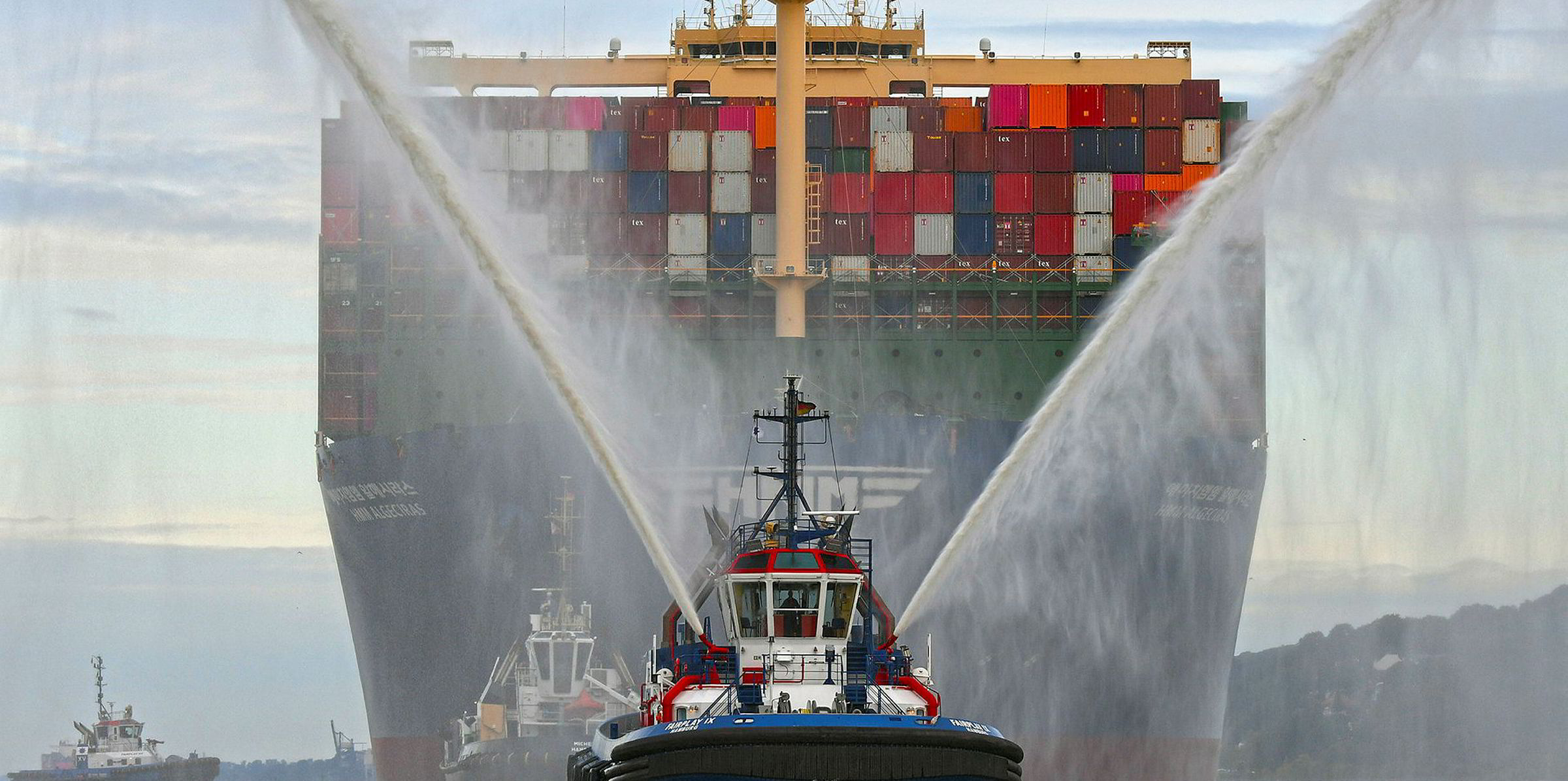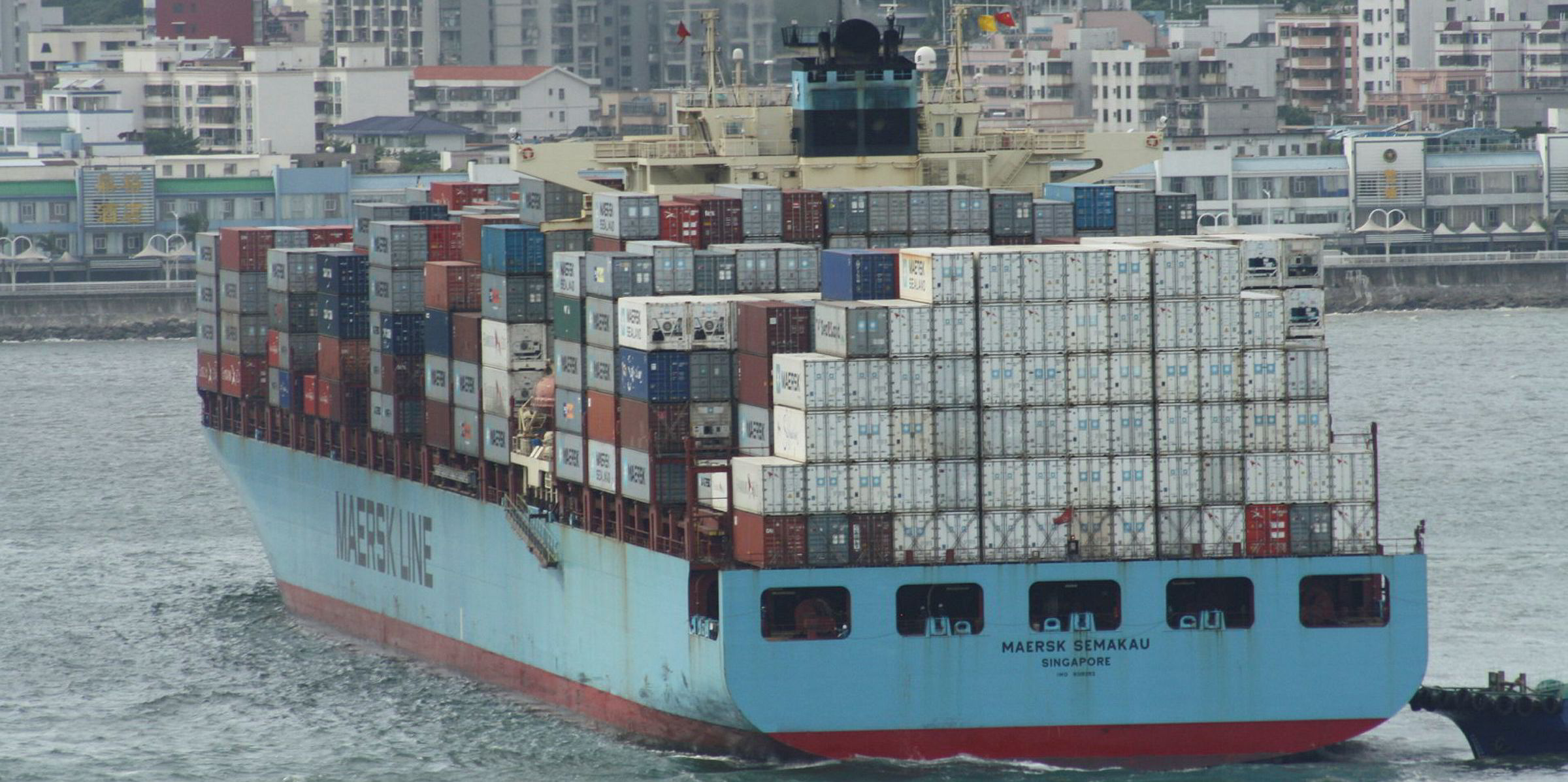Container freight rates hit a five-year high of $1,885 per 40-foot box last week, according to Drewry’s composite World Container Index, despite a huge contraction in the liner trades over the past few months caused by the Covid-19 pandemic.
The latest estimates suggest the ocean container trade will fall by 9.4% in teu-mile terms over the whole of 2020 and 8.5% in straight box numbers, according to Clarksons Research. But the fact that freight rates are still going up is not a miracle, it is down to robust capacity management.
This has involved container lines cutting, or “blanking”, sailings to avoid an excess of ships chasing too few boxes as volumes deteriorate.
If anything, it has been the other way round. Freight rates have risen as customers struggle to book slots. Availability of cargo space is now seen by shippers and forwarders as the most important criterion of carrier service, Drewry said in its latest survey. Dissatisfaction with prices also remains high.
Greater control
In May, AP Moller-Maersk chief executive Soren Skou said freight volume losses predicted for the second quarter would be largely offset by high rates.
He admitted this was possible because lines are able to manage capacity far better than they could in the 2008/09 financial crisis, due to the greater control the now far bigger and stronger three alliances can exert. A much lower orderbook also helped.
The container industry remains, after cruise shipping, the maritime sector most likely to be hard hit by Covid-19, and the financial health of some carriers, mainly smaller independents, remains uncertain.
But the big liner groupings, in the words of the biggest carrier in the biggest alliance, are controlling market capacity in ways not dissimilar, on the face of it, to the practices that led competition authorities to abolish the price-fixing cartels, called conferences, in the mid-2000s.
Big liner groupings are controlling market capacity in ways not dissimilar to the practices that led to the abolition of the price-fixing cartels in the mid-2000s
Shippers have argued at each five-yearly renewal of the European Union’s block exemption for liner consortia from those competition regulations that flaws in the European Commission’s thinking include one-sided assumptions on efficiency and a failure to identify remaining benefits to users.
'Abuse of power'
The European Shippers’ Council says rationalisation has resulted in a continuous deterioration in the quality of service and an abuse of power of the alliances’ dominant role in not maintaining an adequate level of choice and sufficient options in terms of frequency of sailings and ports called.
Schedule reliability has improved this year, according to analyst Sea-Intelligence, possibly because it is easier for lines to keep services regular when operating fewer vessels. But the average delay for boxships that arrive late has been consistently high throughout 2020, and on an upwards trend since March. April and May 2020 figures were the highest for their months.
The latest figures for blank sailings due in the third quarter increased from 13 announced in week 20 to 82 in week 26 (the last reported), Sea-Intelligence added.
Sailings are not being blanked in a uniform manner across the major East-West trades, though, with a sharp decrease on the Asia-North America West Coast route being reversed as sailings are reinstated — probably, the analysts believe, due to carriers pulling out too much capacity in the first place, not because of rising freight volumes.
It is not only shippers that have been hit by the rise of the alliances. In contrast to 2008, when conferences were abolished in Europe, containership owners now find it hard to negotiate profitable charter rates from the big alliances, and smaller owners are being forced to consolidate to keep their heads above water.
Silver lining
But at the same time, freight rate benchmarking firm Xeneta has reported that long-term contracted rates fell for a second month in June, and are now 1.3% down year on year.
Spot freight rates are providing a silver lining for carriers, but for that to continue, they will need the volumes to return while they continue to protect rates by controlling capacity.
Whether memories of market management will be strong enough by the next review of the consortia exemption in 2024, and whether the methods used are deemed anticompetitive, will be a major determinant in how container shipping evolves towards the 2030s.








